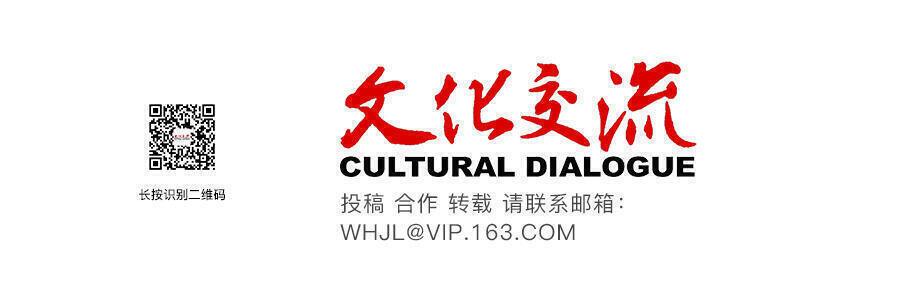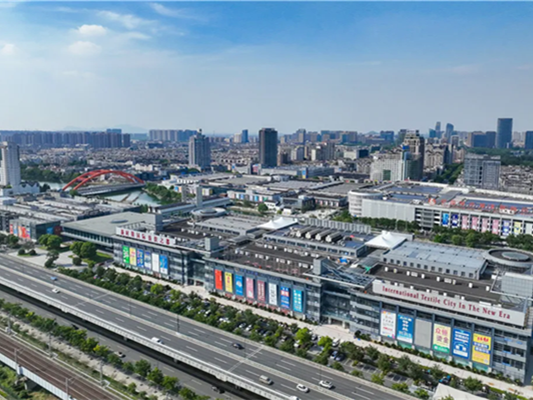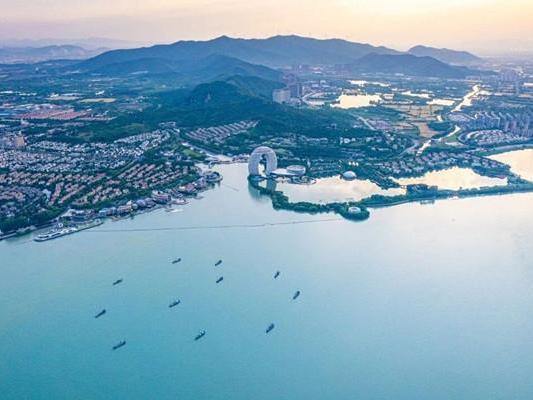Hangzhou is little known for wine making even though villages around the city have been making wine since very ancient times. Back then in rural communities where villagers tried hard to make daily necessities, wine making was a long tradition. Almost every household brew its own rice wine in winter when the Spring Festival was around the corner.
My father is a teetotaler, but my big brother drinks a little. To treat visiting friends and relatives around the Spring Festival in those years, our family made a big urn of rice wine every winter. It wasn’t difficult to make rice wine. Cooked rice was put into a huge urn and then mixed with yeast. In order to keep the temperature inside the urn right, the urn was wrapped with rice straws. The rice wine was ready for the Spring Festival dinners. The wine was sweet and clear. Even kids wanted to sip some. When I was in senior high, some classmates visited me at my home. We had a good time eating deep-fried Niangao slices and drinking homemade rice wine. Some of us got drunk because the wine was deceptively sweet and simple and no one would be aware of the strong delayed effects.
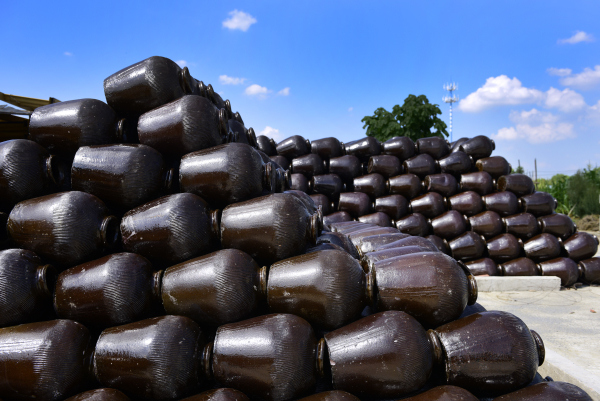
All our neighbors had their own homemade rice wine in winter. As rice wine can’t keep when weather becomes warm, we usually make white spirit in spring or in summer for home consumption. We locals in rural Hangzhou enjoy the homemade spirit. Even now some small wineries in Hangzhou make this kind of white spirit.
Hangzhou was a big wine producer in ancient times. During the Southern Song Dynasty (1127-1279), which was housed in present-day Hangzhou, the capital city had 13 wineries. The taxation from the wine-making sector accounted for a big chunk of the total revenue of the capital city government.

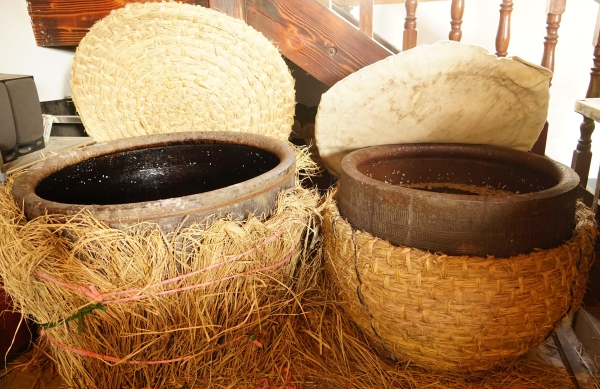
Xucun, which is near present-day Nine Creeks, a famous scenic highlight of the West Lake, was home to a winery back then. One f the thirteen wineries of the capital city, the brewery in Xucun was a production and retail complex. Xucun operated a busy marketplace. The wine-making season began before the Qingming Festival in early April and the white spirit would mature until autumn came around. Days before the year’s new white spirit came on market, some promotional festivities would be held in Xucun. A 10-meter-long white fabric would be set up like a banner with bamboo flagpoles, flaunting the new brew. Moreover, there would be a street parade going through the town and marketplace. Musicians played, acrobats performed, winemakers were on the horseback, wearing new garments.

Extant ancient poems by local people are testimony to the thriving existence of the wine-making industry. From these poems, we can deduce that a wine competition was annually held among the 13 wineries around the capital city during the Southern Song Dynasty. One poem says a wine called Pearl Red won the championship in an annual competition.
In the Southern Song Dynasty, Xucun in an immediate suburb of the city thrived as a wine-making center, largely thanks to the high-quality water of the nine creeks. Today, Shuangpu, a region not far from the creeks, boasts prosperous wineries. Apparently, one generation of loyal local customers after another in the region has enjoyed the local brand. Their support keeps the wineries alive and makes them thrive.
